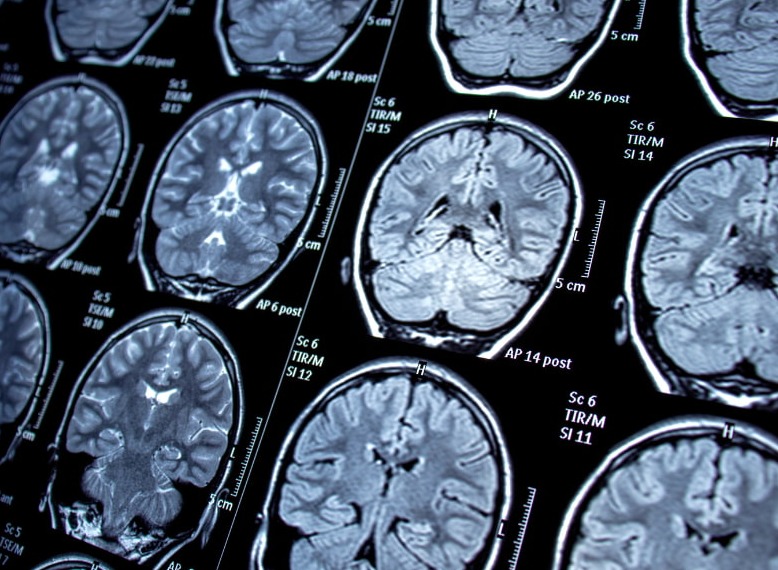- Home
- Share
- Forum
- Epilepsy Forum
- Research and useful tips - Epilepsy
- Epilepsy linked to brain volume and thickness differences
Patients Epilepsy
Epilepsy linked to brain volume and thickness differences
- 11 views
- 0 support
- 1 comment
All comments

lesmal
AmbassadorGood advisor
![]()
lesmal
Ambassador
Last activity on 18/04/2025 at 12:56
Joined in 2018
1,461 comments posted | 79 in the Epilepsy Forum
69 of their responses were helpful to members
Rewards
-
Good Advisor
-
Contributor
-
Messenger
-
Committed
-
Explorer
-
Evaluator
Thank you for interesting information once again on epilepsy.
I hate to imagine how complex epilepsy must be due to many structural brain differences, seizures etc. If only those of us with the condition could understand the way the brain functions, the treatment given and the full detail of MRI's, EEG's and medication given.
See the signature
Les
Give your opinion
Survey
Survey
Members are also commenting on...
Articles to discover...
Medication fact sheets - patient opinions...
Subscribe
You wish to be notified of new comments
Your subscription has been taken into account








Margarita_k
Community managerGood advisor
Margarita_k
Community manager
Last activity on 07/10/2020 at 11:39
Joined in 2016
1,195 comments posted | 30 in the Epilepsy Forum
1 of their responses was helpful to members
Rewards
Good Advisor
Contributor
Messenger
Committed
Explorer
Evaluator
Epilepsy is associated with thickness and volume differences in the grey matter of several brain regions, according to new research led by UCL and the Keck School of Medicine of USC.
The largest-ever neuroimaging study of people with epilepsy, published today in Brain, shows that epilepsy involves more widespread physical differences than previously assumed, even in types of epilepsy that are typically considered to be more benign if seizures are under control.
The brain abnormalities the researchers identified were subtle, and have not yet been implicated in any loss of function.
"We found differences in brain matter even in common epilepsies that are often considered to be comparatively benign. While we haven't yet assessed the impact of these differences, our findings suggest there's more to epilepsy than we realise, and now we need to do more research to understand the causes of these differences," said the study's lead author, Professor Sanjay Sisodiya (UCL Institute of Neurology & Epilepsy Society).
Epilepsy is a neurological disorder that affects 0.6-1.5% of the global population, comprising many different syndromes and conditions, and defined by a tendency for seizures.
The study was conducted by the global ENIGMA-Epilepsy consortium, part of ENIGMA which is headquartered at the Keck School of Medicine of USC, and pooled data from 24 research centres across Europe, North and South America, Asia and Australia. Structural brain measures were extracted from MRI brain scans of 2,149 people with epilepsy, and compared with 1,727 healthy controls. The epilepsy group was analysed together for common patterns, and divided into four subgroups to identify differences.
The team found reduced grey matter thickness in parts of the brain's outer layer (cortex) and reduced volume in subcortical brain regions in all epilepsy groups when compared to the control group. Reduced volume and thickness were associated with longer duration of epilepsy. Notably, people with epilepsy exhibited lower volume in the right thalamus -- a region which relays sensory and motor signals, and has previously only been associated with certain epilepsies -- and reduced thickness in the motor cortex, which controls the body's movement.
These patterns were even present among people with idiopathic generalised epilepsies, a type of epilepsy characterised by a lack of any noticeable changes in the brain, such that typically an experienced neuroradiologist would not be able to see anything unusual in their brain scans.
"Some of the differences we found were so subtle they could only be detected due to the large sample size that provided us with very robust, detailed data," said the study's first author, Dr Christopher Whelan (Mark and Mary Stevens Neuroimaging and Informatics Institute at the Keck School of Medicine of USC & Royal College of Surgeons in Ireland).
The researchers also identified differences between the subgroups, which they say must reflect differences in underlying biology, as suggested by recent genetic studies.
"We have identified a common neuroanatomical signature of epilepsy, across multiple epilepsy types. We found that structural changes are present in multiple brain regions, which informs our understanding of epilepsy as a network disorder," Dr Whelan said.
The authors say their findings need to be followed up by longitudinal and genetic studies which could clarify the cause of the structural differences.
"From our study, we cannot tell whether the structural brain differences are caused by seizures, or perhaps an initial insult to the brain, or other consequences of seizures -- nor do we know how this might progress over time. But by identifying these patterns, we are developing a neuroanatomical map showing which brain measures are key for further studies that could improve our understanding and treatment of the epilepsies," said Professor Sisodiya.
Science Daily